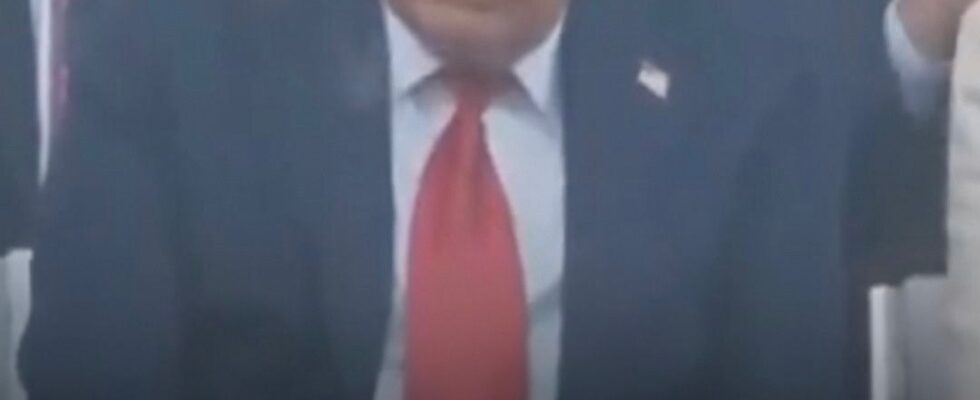A recent military event drew more attention for an unscripted moment than the ceremony itself, as the president appeared briefly fatigued—his head nodding and eyes closing—sparking viral videos and widespread debate online.
This highlights the increasing pressure public figures face, where even fleeting moments are magnified by nonstop media and social media scrutiny.
Presidents are expected to stay focused throughout long and formal events, such as military parades, which can be physically demanding. Public reaction was sharply divided: critics questioned the president’s stamina and respect for military traditions, while supporters argued that momentary fatigue is natural and unfairly politicized.
The debate reflects broader concerns about age and endurance in presidential candidates, though experts caution that short lapses don’t necessarily reflect serious health issues. Politically, however, such incidents often raise alarms. The event’s high cost also renewed discussions about spending priorities—whether taxpayer money should fund elaborate military displays or be redirected to practical defense needs. Supporters of these events stress their symbolic importance and morale-boosting effect. This episode also underscores how quickly narratives are shaped in the digital age.
Viral clips now drive public perception before full context or analysis is available, pressuring officials to respond rapidly to shifting online sentiment. In the end, this moment illustrates the tension between public expectations for unwavering presidential alertness and the realities of human fatigue. It raises important questions about how to manage ceremonial appearances in a way that respects both tradition and physical limits. Moving forward, future presidential events may be adapted in format or media coverage to better navigate such vulnerabilities. In today’s hyper-connected world, leaders must constantly balance visibility, accountability, and empathy—reshaping how political leadership is viewed and experienced.
